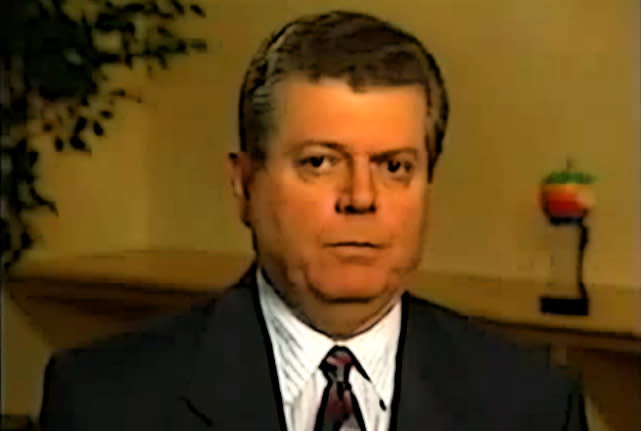How Apple eventually delivered on Gil Amelio's promise

Nobody really talks about Gil Amelio any more. Serving as CEO of Apple for just over a year, his tenure is overshadowed by the return of Steve Jobs and the eventual rise to greatness that the company is still enjoying today. But Gil Amelio was a smart man, and he identified a lot of what was wrong with Apple's game plan and message at the time, as is evident by this internal address that he put out just weeks after becoming CEO.
Looking back, it's remarkable how accurate Amelio was regarding how Apple could get its groove back, and he paints a near perfect picture of the company Apple would later become, even without him at the helm.
"We need to do some financial house cleaning, ridding ourself of some assets and infrastructure which just don't figure into our future game plan."
That meant killing off a lot of the seemingly random product categories that Apple had begun to unsuccessfully dabble in. Jobs is often credited with actually delivering on this promise -- axing unpopular projects like the Pippin -- but it's clear that Amelio saw the problem and had at least partially begun the culling process.
"The essence of our plan is simple: We're going back to our roots."
Amelio certainly delivered on this, not only in terms of product focus but more literally by bringing back Steve Jobs... who would eventually lead a coup to oust him.
"We think computer-based tools should be fun as well as fulfilling. This means we must put the customer -- the Apple user -- at the center of everything we do, and frankly, I think we've lost sight of that."
Amen! Apple was at a strange crossroads in 1996. The company's scattershot approach was clearly a failure and a new direction was needed. The user-first model is something that Apple would eventually grasp on to and has yet to let it go.
"We must simplify our line of products while differentiating them through innovation, deliver greater perceived customer value, increase the clarity and intensity of our marketing message, improve the value proposition for our family of third party developers, and simply and strengthen the organization while rebuilding many of our basic business processes."
This reads like a list of things any current CEO could propose today if they wanted their company to be more like modern-day Apple. Apple knocked each and every one of these ideas out of the park.
Today, Apple's product line is fairly simple but sets itself apart from the competition with unique features and overall quality, perceived customer value is what drives Apple's premium product pricing, its marketing is world class, third party developers flock to Apple's devices, and the company's business processes, while sometimes opaque, are serving it splendidly.
"You will see a world full of graphics and visualization. You will also see new breakthroughs in the area of usability from Apple. Up until now, we've had to learn our computers. In the future, our computers are going to learn us."
Is this man a psychic?
Gil Amelio's days were numbered as soon as he completed the deal that brought Steve Jobs and NeXT into the fold, so his opportunity to deliver on these promises was practically non-existent. Despite this, everything about his vision for the future of Apple eventually came to fruition, and the company is now thriving. How much Amelio actually played a role in the turnaround can obviously be debated, but his eerily accurate predictions can't be denied.

